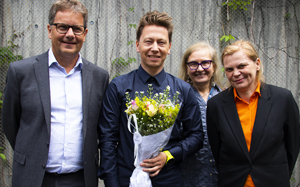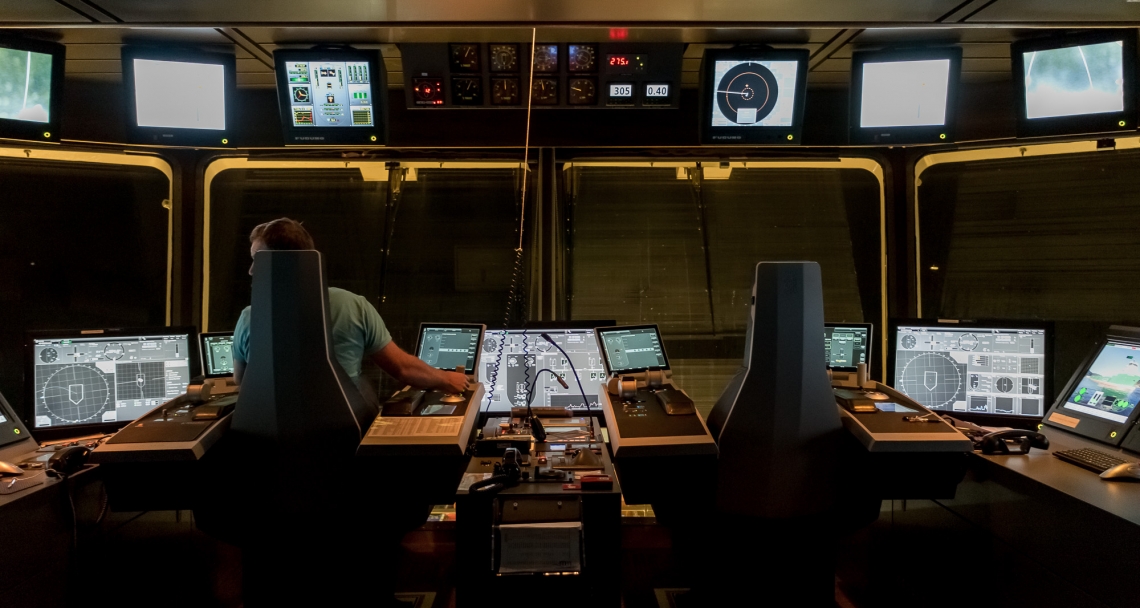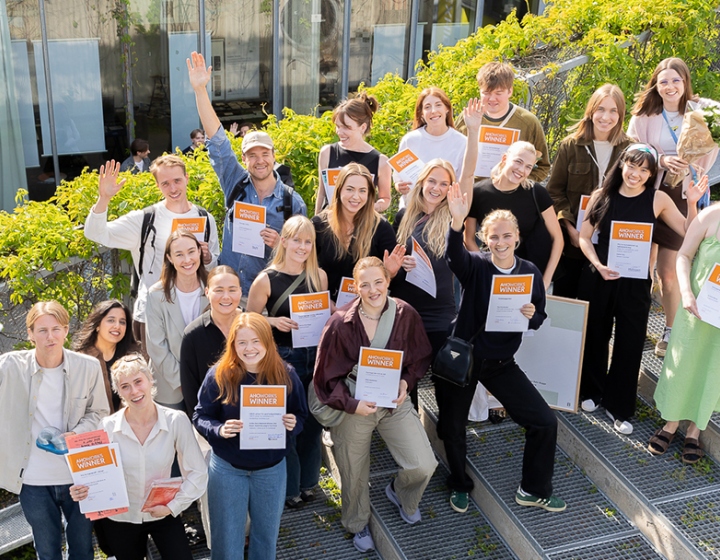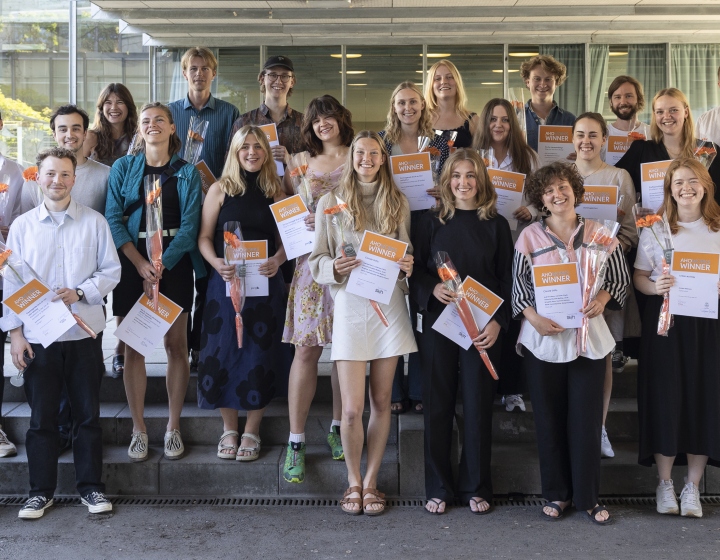Design can save lives
We need better design of safety-critical systems, according to a new PhD thesis at AHO. Fatal consequences can arise when technical systems are designed without an understanding of the situation.
Imagine that an alarm goes off on an oilrig, in an air traffic control tower or on a boat. The operator in charge has a limited amount of time to make the right decision, for instance on whether to evacuate or not.
What information do operators need to avoid mistakes? How do they react when the clock is ticking, where do their eyes look first? Which systems are available and within easy reach?
“The system should follow the operator's natural workflow and the workplace must be adapted to this. If the system is too demanding for the operator to make the right choice in a crisis, it can have enormous consequences. Casualties or extensive costly damage to material or the environment are possible outcomes", says Jan Fredrik Schønheyder.
He has written a doctoral thesis on the use of design in safety-critical systems in engineering environments. He has visited oilrigs, operating theaters and submarines, and gained a unique understanding of the challenges these high-risk environments face.
“Although it is becoming increasingly common to use design and concept development in the development phase, it still a long way to go”, says the PhD candidate.
He refers to accidents where poorly designed systems have had disastrous consequences. 11 lives were lost and a major pollution incident occured in the Gulf of Mexico when BP's oil platform Deepwater Horizon exploded in 2010. It was concluded that one of the reasons was that the design of the operating system was weak and that the operators' ability to respond in a stressed situation was limited.
“It is a hugely important social responsibility to design these systems in the best possible way”, said Schønheyder.
An understanding of the situation and processes that take place in the brain and physiology is also important.
“Boredom and stress are important factors for accidents. Systems should be designed to allow users to lose focus”.
Organizations Schønheyder has worked with have seen the value of interaction design, both in terms of safety and financial gain.
“If interaction design is included early in the concept phase, they will provide a user-centered system where the technology is designed based on an understanding of the situation. It should be the operator's actions that decide the process in a crisis. The choice of technology comes after”, he said.

Schønheyder has develooped a method where he uses "situation awareness theory" to validate concept design of safety critical systems.

Jan Fredrik Schønheyder recied his PhD on June 14th. His thesis is entitled "Method development for the design of safety-critical systems. The space between design research and professional design practice"



